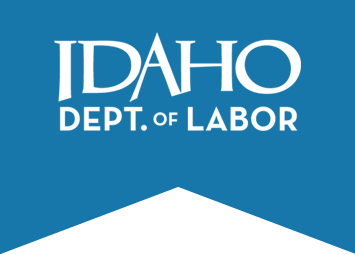All new employers except cost-reimbursement employers, begin with the same standard unemployment insurance tax rate for at least the first six calendar quarters. The standard rate is established by law and can vary depending on economic conditions and the size of the employment security fund.
1.000
Standard rate – 2026
$58,300
Taxable wage base – 2026
1.000
Standard rate – 2025
$55,300
Taxable wage base – 2025
What do these numbers mean?
Standard rate
All new employers except cost-reimbursement employers, begin with the same standard unemployment insurance tax rate for at least the first six calendar quarters. The standard rate is established by law and can vary depending on economic conditions and the size of the employment security fund.
Depending on the employer’s experience with the unemployment insurance program, this initial standard rate may increase or decrease over time. Changes in the rate depend on the employer’s experience rating and its relationship to the experience ratings of all other Idaho employers. Rates are computed annually based on fiscal year July 1 through June 30 and are assigned each calendar year with a Notice of Tax Rate mailed in December.
Experience factors
An employer’s experience rate is ranked by calculating the employer’s reserve ratio. This ratio is calculated by subtracting the employer’s accumulated benefit payments from the employer’s accumulated tax payments and then dividing by the employer’s average taxable payroll. Average taxable payroll is the average of up to four fiscal years depending on how long the employer has paid wages as provided by Idaho Code §72-1351.
Accumulated Total Taxes – Accumulated Total Benefits = Reserve Ratio
Average Taxable Payroll
An employer has a positive reserve ratio when total taxes paid exceed the total unemployment benefits charged to that employer’s account. An employer has a negative reserve ratio when benefits charged exceed taxes paid. Each year the department makes two lists, one for positive-rated employers and one for negative-rated employers. These lists rank employers by reserve ratio so each employer may be assigned to a rate class. Those with the highest positive reserve ratios are assigned the lowest tax rates, while negatively rated employers pay taxes at substantially higher rates.
For example, in 2023 employers in the best positive-rate class were assigned a tax rate of 0.207% and would pay $103 for each employee who makes at least the $49,900 wage base. The least positive-rate class was assigned a tax rate of 0.691%, resulting in a tax of $254 when multiplied by the $49,900 wage base. The least negative-rate class was assigned a rate of 1.245%, which when multiplied by the $49,900 wage base results in a tax of $621, while those in the most deficit-rate class pay at the rate of 5.400% or $2,695 when multiplied by $49,900.
Eligibility for a reduced rate
To be eligible for a tax rate that is lower than the standard rate, an employer must have established a positive reserve ratio, filed all reports, paid all money due prior to Sept. 30 and participated in the system at least six calendar quarters prior to the computation date of June 30 as provided by Idaho Code §72-1319.
